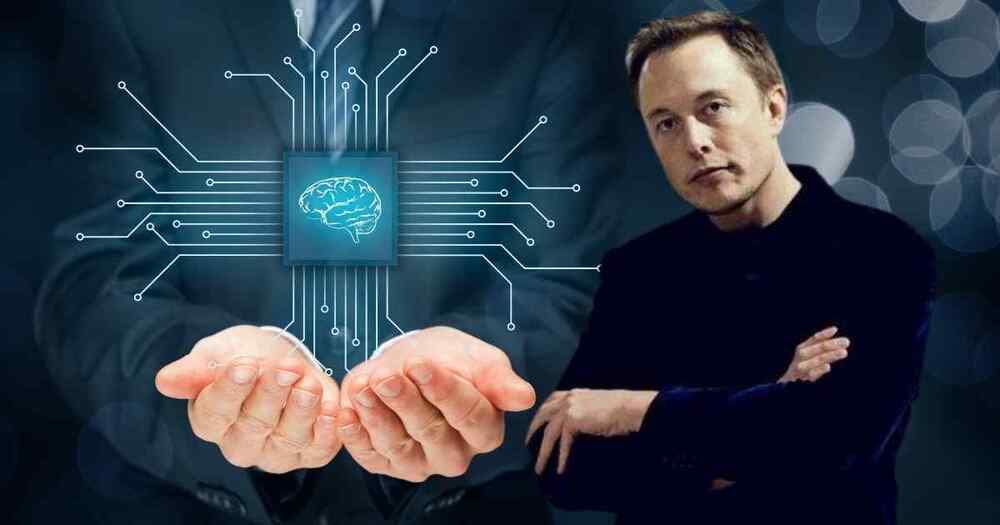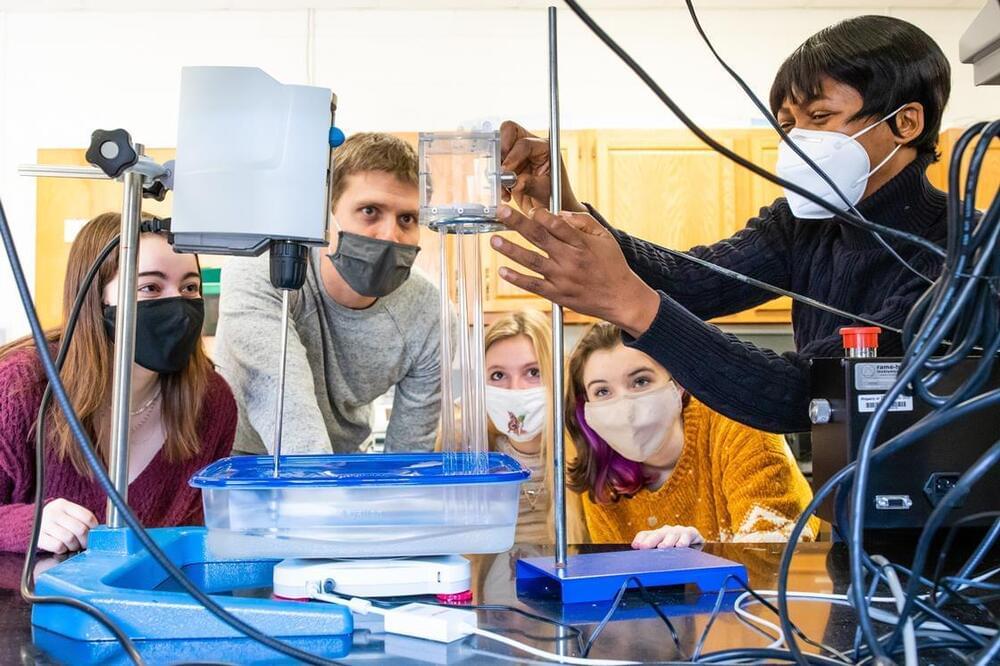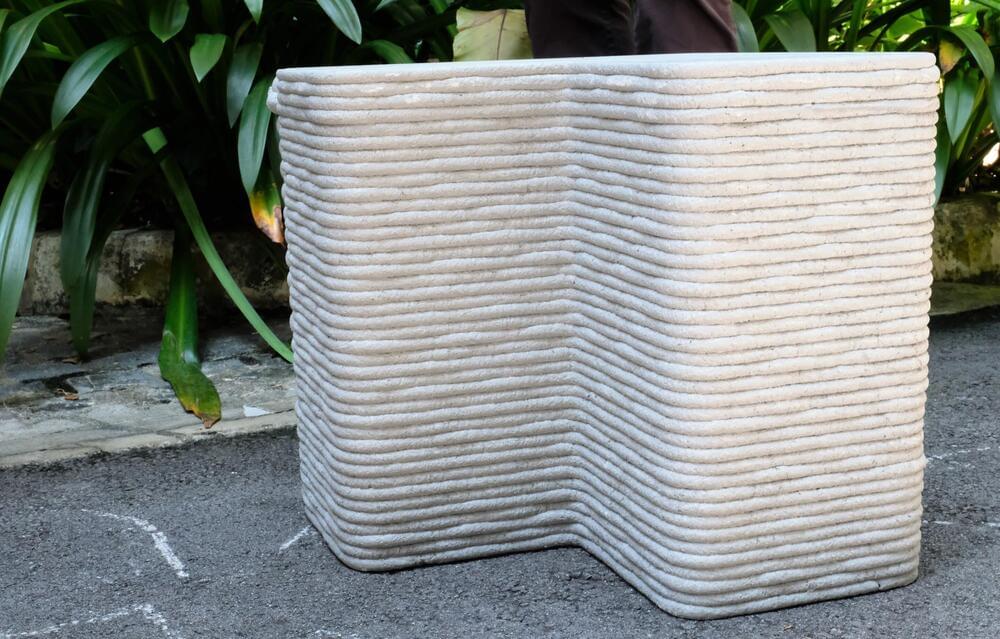Calculator is also more smart than humans but it made our life easier.
While the win over Google’s AI was impressive, more advanced developments are being made behind the scenes as well. The integration of multiple AIs, called neural networks, has led to computers with unique personalities and quirks that were previously only seen in humans.
AI is already outsmarting humans
When we talk about artificial intelligence (AI), our minds often turn to visions of a robot uprising, sentient computers, and other science-fiction fantasies. As it turns out, though, AI has already started doing some pretty impressive things in real life: Researchers at Google just announced that their AI was able to beat one of mankind’s best players at Go—an ancient Chinese game so complex that a computer had never beaten a human master. The victory was significant for more than one reason: first, it shows that AlphaGo can already outsmart humans; second, it suggests there’s real potential for AI in solving problems we haven’t been able to solve before.





